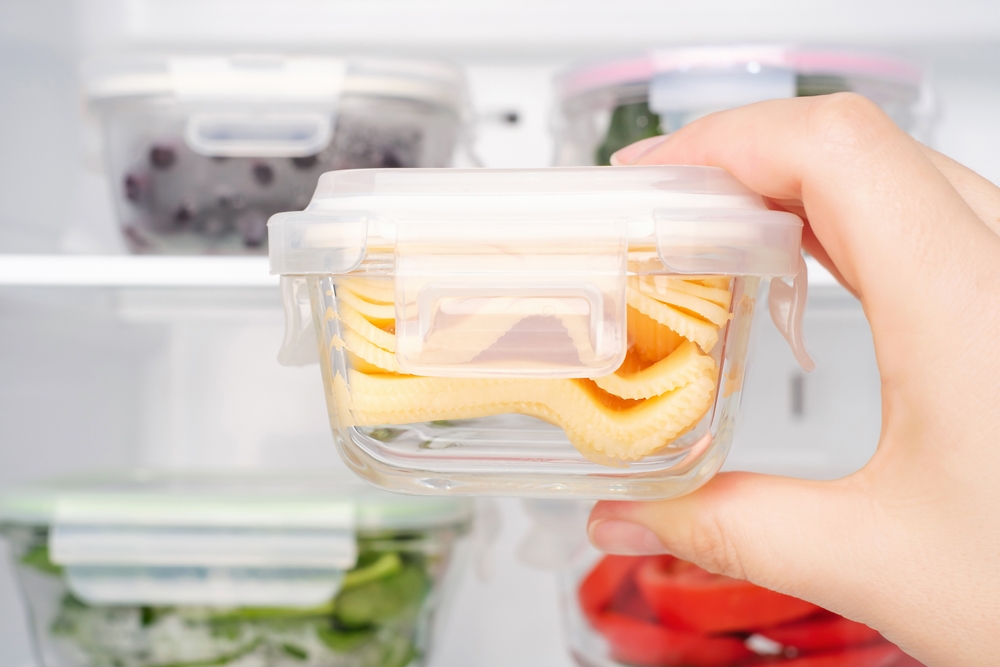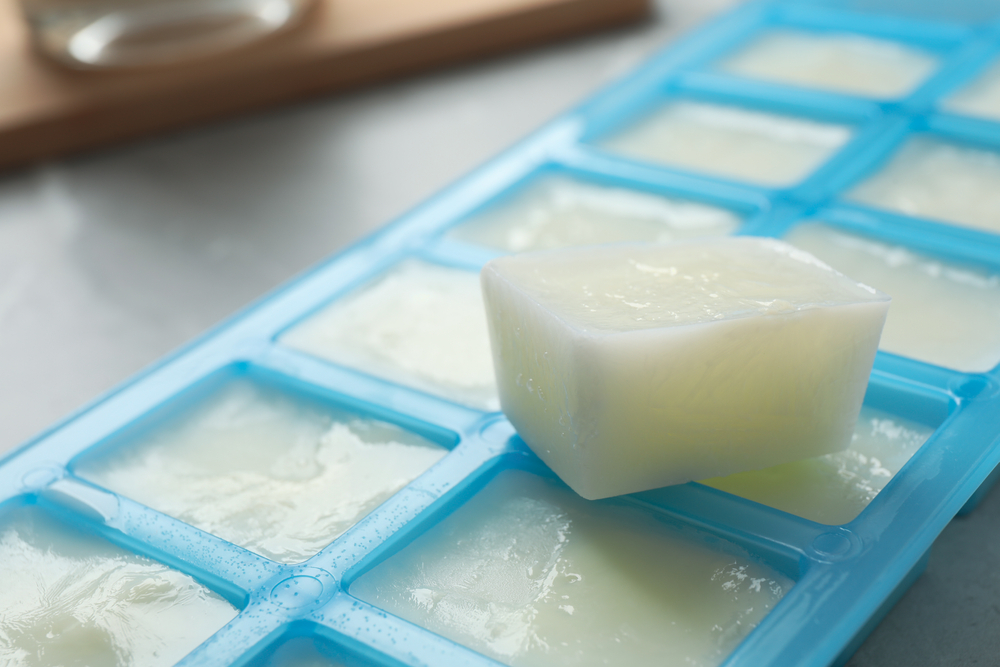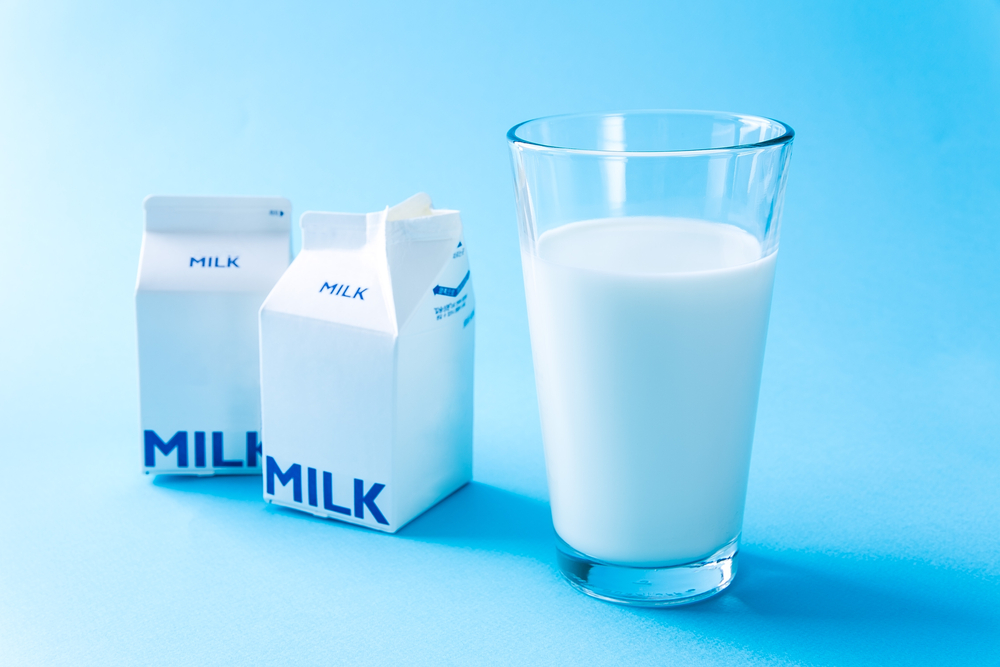Keeping your dairy products fresh for longer can save you money and reduce waste. We’ve all experienced the disappointment of discovering spoiled milk or moldy cheese in the fridge. Luckily, there are simple tricks to extend the shelf life of your favorite dairy items. With a few easy changes to storing and handling these products, you can enjoy fresh milk, cheese, and yogurt for much longer. Here are some effective tips to help keep your dairy delicious and safe.
Contents
- 1 Store at the Right Temperature
- 2 Use Airtight Containers
- 3 Avoid Cross-Contamination
- 4 Freeze Excess Dairy
- 5 Keep Dairy in Original Packaging
- 6 Store Cheese in Wax or Parchment Paper
- 7 Keep Butter in a Butter Dish
- 8 Use Baking Soda in the Fridge
- 9 Rotate Stock Regularly
- 10 Check for Proper Seals
- 11 More From RetailShout
- 12 10 Foods That Are Cheaper to Order Out Than Cook at Home
- 13 10 Chef-Approved Cooking Tips to Try in Your Own Kitchen
Store at the Right Temperature

Keeping dairy products at the right temperature is crucial for maintaining their freshness. Your fridge should be at or below 40°F (4°C) to slow bacterial growth. Milk, cheese, and yogurt stay freshest when stored in the coldest part of the refrigerator, typically the back. Avoid keeping dairy items in the fridge door, as it experiences the most temperature fluctuations each time you open and close it.
Use Airtight Containers

Transferring dairy products to airtight containers after opening can significantly extend their shelf life. This helps prevent exposure to air and moisture, which can lead to spoilage and mold growth. Wrapping cheese in wax paper before placing it in an airtight container can provide an extra layer of protection. Proper sealing prevents contaminants that accelerate spoilage and helps maintain the product’s original quality.
Avoid Cross-Contamination

Always use clean utensils when handling dairy products to avoid cross-contamination. Even a small amount of contamination can introduce bacteria that cause spoilage. Make sure to wash your hands thoroughly before touching dairy items, and avoid dipping into containers directly with fingers or utensils that have touched other foods. This simple habit can make a big difference in keeping your dairy products safe and fresh.
Freeze Excess Dairy

If you can’t use dairy products before expiration, consider freezing them. Milk, cheese, and butter all freeze well and can be thawed when needed. For best results, freeze in portions you can use at once to avoid refreezing, which can affect texture and taste. Just remember to label containers with the freezing date so you can track how long they’ve been stored.
Keep Dairy in Original Packaging

Unopened dairy products often come in packaging designed to maximize shelf life by reducing exposure to air and light. Once opened, try to keep the remaining contents in their original packaging if possible, as it is usually the best suited for preserving freshness. If you need to transfer the contents, use a similar protective container with a good seal.
Store Cheese in Wax or Parchment Paper

Cheese needs to breathe, but not too much. Wrapping it in wax or parchment paper allows for air circulation, preventing it from becoming too moist or dry. Avoid using plastic wrap directly on cheese as it can trap moisture and promote mold growth. Once wrapped, place the cheese in a loose plastic bag or container to protect it from other fridge odors and moisture.
Keep Butter in a Butter Dish

Storing butter in a covered dish at room temperature can keep it fresh for up to two weeks, making it easy to spread. If you don’t use butter quickly, keep a small amount in the dish and store the rest in the fridge, which can last several months. Ensure the dish is clean to prevent contamination and keep it away from heat sources that could cause it to melt and spoil.
Use Baking Soda in the Fridge

Placing an open box of baking soda in your fridge can absorb odors that might affect the taste of dairy products. Baking soda helps maintain a neutral odor environment, which is crucial for keeping dairy tasting fresh. Replace the box every three months for optimal effectiveness. This simple trick can significantly improve the overall freshness of your fridge environment.
Rotate Stock Regularly

Practicing the “first in, first out” method by placing newer items behind older ones ensures you use products before they spoil. Regularly check expiration dates and move soon-to-expire items to the front of your fridge or pantry. Staying organized helps prevent dairy products from being forgotten and going bad, saving you money and reducing waste.
Check for Proper Seals

Before purchasing dairy products, always ensure the seals are intact. Damaged or loose seals can lead to faster spoilage as air and contaminants can enter the package. At home, ensure lids and caps are tightly closed after each use. Proper sealing helps maintain freshness and prevent exposure to air and contaminants, keeping your dairy products in peak condition for longer.
This article originally appeared on RetailShout
More From RetailShout
29 Delicious and Affordable Meals You’ll Love

Finding delicious meals on a tight budget doesn’t have to be hard. I’ve put together a list of 29 cheap and tasty meals that are perfect for any time you’re looking to save some money without sacrificing flavor. Read More.
10 Foods That Are Cheaper to Order Out Than Cook at Home

Eating out often gets a bad rap for being expensive, but that’s not always the case. Sometimes, grabbing a meal at your favorite spot can actually be lighter on the wallet than whipping it up in your own kitchen. Read More.
10 Chef-Approved Cooking Tips to Try in Your Own Kitchen

Cooking at home can be a joy, especially when you know a few tricks from the pros. Professional chefs have some amazing tips that can make your meals even more delicious and your time in the kitchen a lot more fun. Read More.






